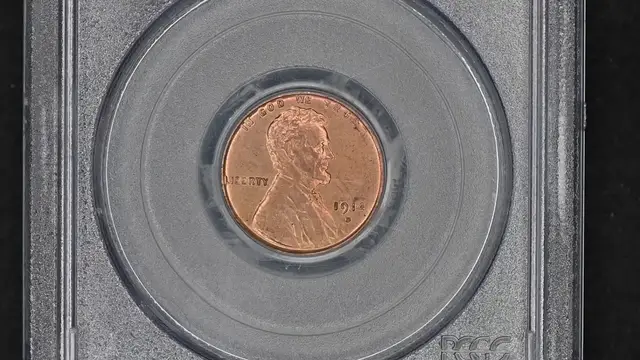
Hot Take: The 1914-D Lincoln Cent is the KEY to the Early Lincolns.
Aug 4, 2025
Hi everyone. I’m CoinWeek Editor Charles Morgan.
Today, I want to talk to you about a small coin with a big story: the 1914-D Lincoln Cent. In my opinion, the 1914-D—not the 1909-S VDB—is truly the toughest business-strike early Lincoln.
Now, you might think that with a mintage of 1,193,000, this coin isn't nearly as scarce as the 484,000 1909-S VDBs. And if we were speaking purely of the number of coins released into circulation, you'd be correct. However, the 1909-S VDB was heavily hoarded upon its release—firstly because it was a first-year issue, and secondly because of its notoriety. The 1914-D, on the other hand, was struck in low quantities, without much fanfare, and released into circulation, where most became heavily worn. When the penny board craze emerged in the 1930s and '40s, collectors recognized that the coin was scarce in circulation. Far fewer examples were saved in Mint State, and Mint State Red examples are truly scarce.
Look at the numbers: Just over 300 examples are certified in Mint State Red, and this PCGS MS64RD CAC piece is one of them. Interestingly, the term "Red" as it applies to cents has probably always been a misnomer. Brand-new copper cents are more orange than red, and over time, this color is likely to mellow. Take this example, where the fire-like orange-red of its youth has turned into the gentle blush of a salmon sky. The prominent thumbprint and verdigris under the "O" on the reverse are also significant detractors from the coin's eye appeal. This is why this largely mark-free example is graded PCGS MS64RD. It did receive a CAC endorsement, and it sold at auction in March 2023 for $9,600. A nice circulated example in Extra Fine will set you back about $900.
The 1914-D is a prime target for counterfeiters, so buying certified examples is highly recommended. The typical way the coin is faked is either by altering the date (usually a 1944) or adding a "D" mintmark to a 1914 Philadelphia cent.
Show More Show Less 
